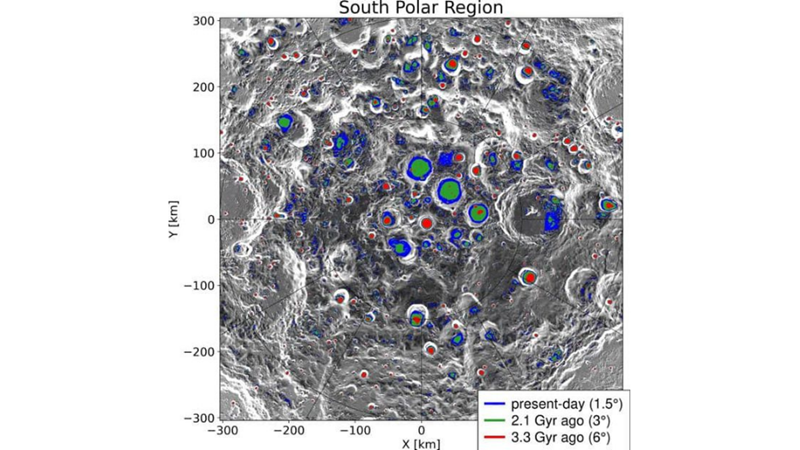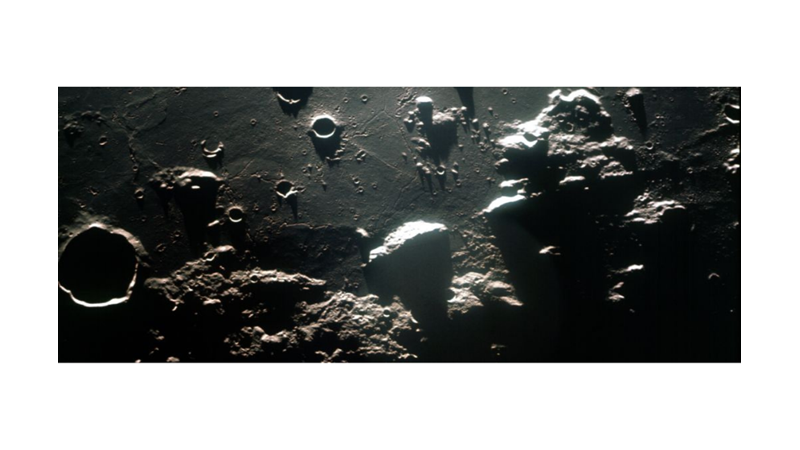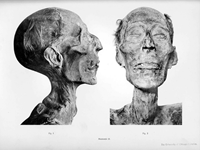We may need to rethink our plans to exploit water reserves on the Moon.
According to a new analysis of lunar craters, these pits and pits that shadow and characterise the lunar surface are too young for ancient reservoirs of water ice to be preserved for long.
According to physicist Norbert Schörghofer of the Planetary Science Institute in the US and astrophysicist Raluca Rufu of the Southwest Research Institute in the US, most of the craters containing pockets of persistent shadow - an important focus for future lunar exploration - are younger than 2.2 billion years.
"These findings change predictions about where we expect to find water ice on the Moon, and significantly change estimates of how much water ice is on the Moon," explains Schörghofer. "Old reservoirs of water ice are no longer expected."
Now, we know there's water on the moon. That's really out of the question. What we want to know is how much water is there and where it's stored. And in recent years scientists have been looking more and more at permanently shaded regions, or PSRs, such as deep craters.
In other regions, sunlight can heat up, causing water to evaporate, but in the cold traps of PSRs, where temperatures barely exceed -163 degrees Celsius (-260 degrees Fahrenheit), it was thought that ice could remain and potentially accumulate for billions of years. Estimates have suggested that these craters could contain water ice fragments up to several metres thick.
However, these upper estimates require an accumulation of billions of years. And it seems that PSRs have not been shielded from the Sun long enough for this accumulation.
This discovery follows a paper published a year ago in which a group of researchers attempted to resolve the discrepancy between the Moon's distance from Earth (3.8 centimetres or 1.5 inches per year) and the Moon's age (4.5 billion years). Simply put, these two figures are not compatible with each other.
This team found that the resonance between the Earth and the Moon would produce variations in the Moon's recession velocity. This model also accounted for changes in the orientation of the lunar axis.
"When I heard about their result, I immediately realised that it had profound implications for the search for water ice on the Moon," says Schörghofer. "I dropped everything I was doing and started to work out the details with the help of my co-author Raluca Rufu."
Early in the history of the Solar System, before about 3.8 billion years ago, scientists think the inner Solar System was bombarded with comets and asteroids. Mercury, Venus, Earth and Mars were hit in this Late Heavy Bombardment. And so, of course, was the Moon.
That, and volcanism on a Moon that was still hot and soft after it formed, may have released water from the Moon's interior. If the PSRs had been around at the time, they would have captured a lot of water.
However, according to the latest models of the reorientation of the Moon's axis of rotation and the evolution of the Earth-Moon distance, PSRs are much more recent. According to the researchers, this means that any ice on the Moon must also be newer.
"We were able to measure how young the lunar PSRs really are," says Schörghofer. "The average age of PSRs is at most 1.8 billion years. There are no old water ice reservoirs on the Moon."
This has important implications for lunar missions. NASA's crewed Artemis III mission selects landing sites in part based on the proximity of PSRs. But in a way, this finding could be good news. We've already found evidence of water ice in PSRs.
Now, scientists know that older PSRs could potentially contain more water than younger ones.
Finding out which craters are older will help narrow down landing sites for future crewed and uncrewed missions, the researchers say.
Source: https://www.sciencealert.com/


 Nielawore
Nielawore










Yorum yazmak için lütfen giriş yapınız